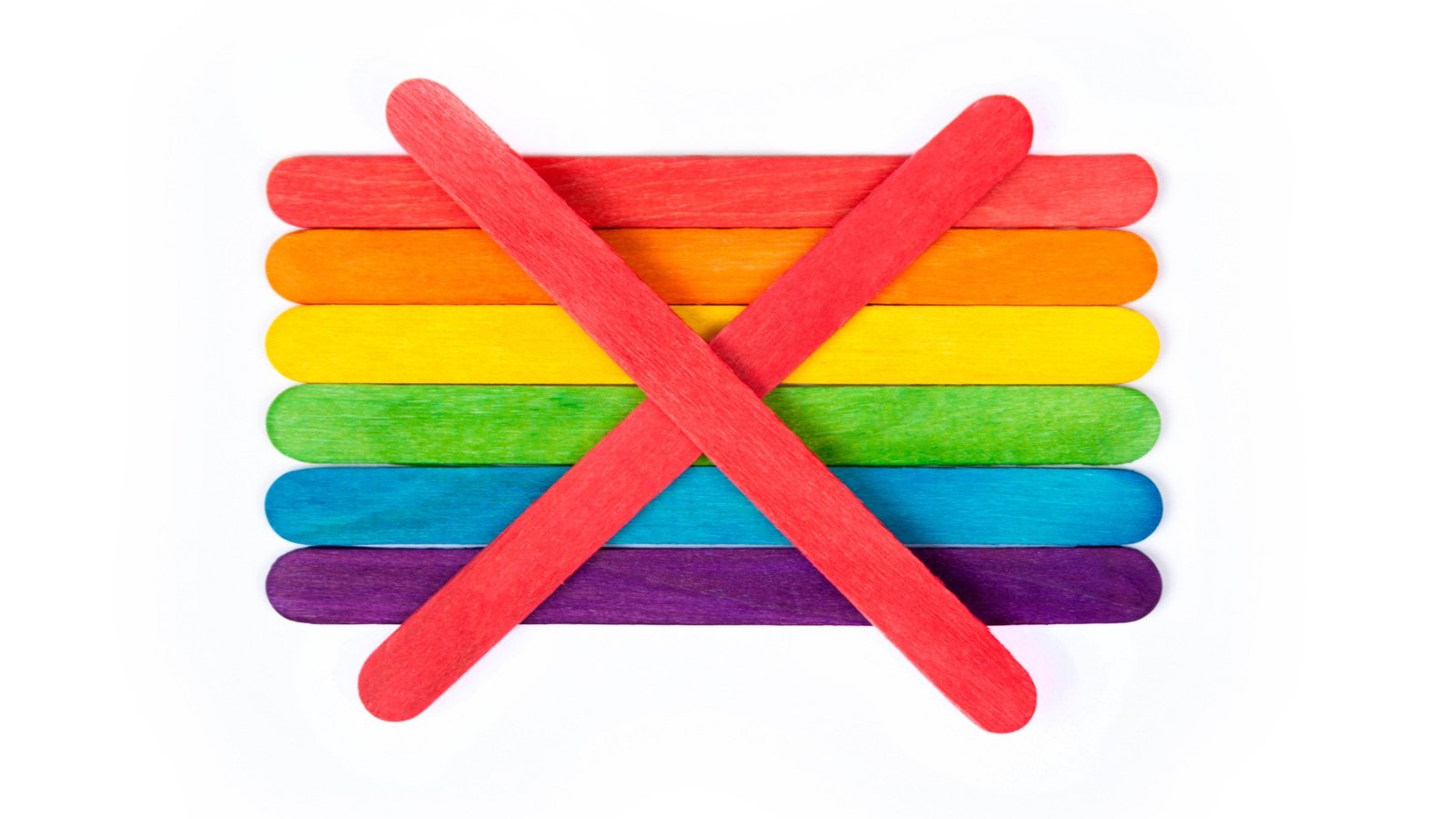When it comes to supporting and understanding LGBTQ youth, society has made great strides, but there is still a lot left to accomplish. These young individuals face unique challenges as they navigate through adolescence while also coming to terms with their sexual orientation or gender identity. Despite progress, there are still several areas where society continues to fail these vibrant, vital, and vulnerable individuals. Here are 15 areas we can further work on:
1. Lack of Inclusive Education

Most schools still follow an education system that primarily focuses on heterosexual relationships and cisgender identities. This kind of education leaves out important aspects of LGBTQ history, sexual education, and gender identity, making LGBTQ youth feel ignored or invisible. Inclusive curriculums can help foster a more accepting environment for these individuals.
2. Absence of Supportive Spaces

Many LGBTQ youth still find it hard to locate supportive and safe spaces where they can express themselves freely. This might be because of inadequate or non-existent LGBTQ community centers in their areas, or even because of exclusionary practices within supposedly safe spaces. These places are vital in providing the support, understanding, and community connection these youth need.
3. Denial of Access to Healthcare

Despite improvements in healthcare access for many, LGBTQ youth often face discrimination or lack of understanding from healthcare professionals. This can lead to untreated mental or physical health issues and even foster an aversion to seeking help in the future. Comprehensive healthcare needs to be accessible and inclusive for everyone.
Read More: Martina Navratilova Criticizes USTA’s Approach to Transgender Inclusion
4. Minimal Representation in Media

Although representation of LGBTQ characters in movies, TV shows, and books has improved, it’s still not nearly enough. Many LGBTQ youth lack characters they can identify with and relate to. More diverse and realistic representations can help these youth feel seen and understood.
5. Inadequate Legal Protection

While certain legal protections exist for LGBTQ people, they vary widely and are inconsistent. In many places, laws do not adequately protect LGBTQ youth from discrimination in schools, at work, or in public places. More comprehensive and consistent laws are needed to protect the rights of these individuals.
6. High Rates of Homelessness

Due to family rejection or abuse, many LGBTQ youth end up homeless. These individuals may face particular hardship as they try to navigate a system not built to support their unique needs. Society needs to address the systemic issues that contribute to this disproportionate rate of homelessness.
Read More: Bill Maher Interviews Riley Gaines on the Transgender Movement in Sports and Wokeness
7. Persistent Bullying and Harassment

Despite increased awareness about bullying, many LGBTQ youth still face regular harassment, both online and offline. This contributes to increased rates of depression, anxiety, and suicide among this population. Schools and parents alike need to take a more proactive stance in curbing this harmful behavior.
8. Absence of Role Models

The absence of openly LGBTQ role models in various professions can leave LGBTQ youth feeling uncertain about their future. Everyone benefits from seeing successful individuals who mirror their experiences and identities. The visibility of such role models can help them understand they’re not alone and they too can succeed.
9. Negative Stereotyping

Stereotypes about the LGBTQ community persist and can limit the way society views these individuals. This can result in misconceptions, prejudice, and even internalized homophobia or transphobia in LGBTQ youth themselves. We need to challenge and dismantle these harmful stereotypes at every level.
Read More: Gay Water boldly hits the market, aims to appeal to the LBGT+ community
10. Limited Support for Transgender Youth

While all LGBTQ youth face challenges, transgender youth often face additional hurdles. These can range from lack of acceptance, denial of their identity, or refusal of appropriate medical treatment. More targeted support and resources need to be made available to assist these youth.
11. Reluctance to Acknowledge Non-Binary Identities

Non-binary individuals often feel overlooked and misunderstood as society is still largely ingrained in the binary concept of gender. Greater societal acknowledgment and understanding of non-binary identities are needed to ensure these young individuals feel seen and validated.
12. Insufficient Mental Health Support

LGBTQ youth are more likely to struggle with mental health issues, yet often face barriers to accessing appropriate care. This can be due to a lack of understanding from healthcare professionals, lack of affordability, or fear of discrimination. Greater investment in mental health services that cater specifically to LGBTQ youth is necessary.
Read More: Conservative Christian Caught on CCTV Flings Dead Rat into Gay Couple’s Restaurant
13. Difficulty in Sports Participation

Sports environments are often gender-segregated and can be unwelcoming or even hostile to LGBTQ youth. This discourages these young individuals from participating in sports, denying them the physical, social, and psychological benefits it brings. Sport organizations need to work towards creating a more inclusive atmosphere.
14. Disparity in Job Opportunities

Workplace discrimination is still a reality for many LGBTQ people, including young individuals entering the workforce. This can limit their job opportunities and earning potential. More efforts need to be made to ensure equality in the workplace.
15. Heteronormative Social Expectations

Society often assumes everyone is straight and cisgender, placing a burden on LGBTQ youth to constantly correct these assumptions or live within uncomfortable constraints. This heteronormativity is pervasive, affecting everything from social gatherings to administrative paperwork. A shift in societal expectations and norms is needed to accommodate all identities.
Read More: Florida Judge’s Ruling Forces Gay Nude Resort to Allow Women, Sparking Debate
Final Thoughts

Although we’ve made progress in recognizing and affirming the rights of LGBTQ youth, there are still many areas where society falls short. Each of the points discussed is a step towards better understanding, acceptance, and support. By acknowledging these issues, we can move closer to a society where all young people, regardless of their sexual orientation or gender identity, feel seen, heard, and valued.
You might also like:

Bud Light Went ‘Woke’ – Now They May Go Broke
More from us:

LGBTQ Task Force Makes a List of ‘Demands’ to the University of Pittsburgh
You might also like:

These Companies All Take an Anti-LGBTQ Stance – Some May Surprise You!




 Tags:
Tags:










